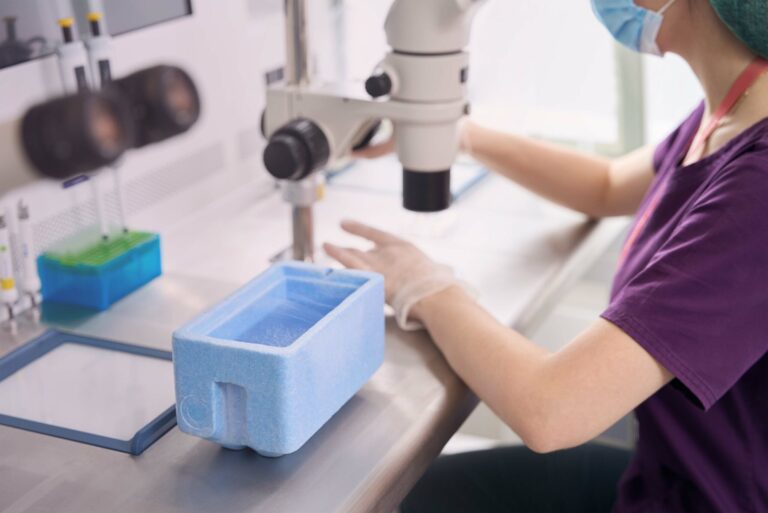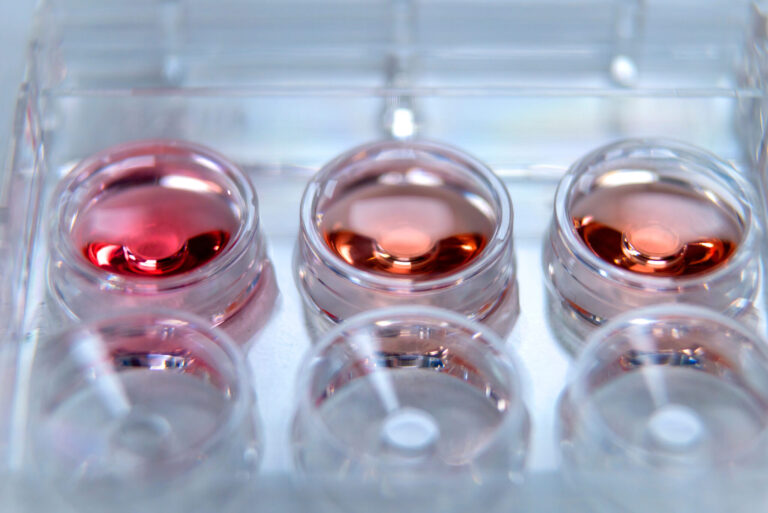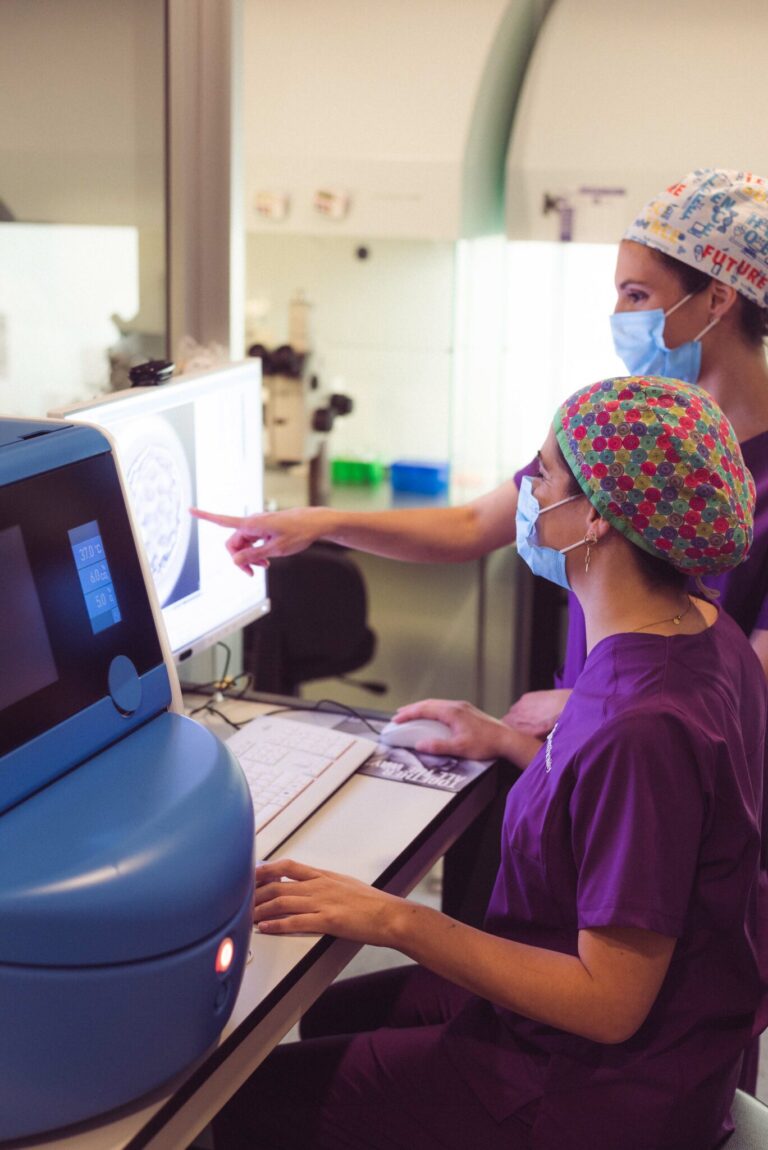Vitrification
Preserving fertility by freezing time is possible.


History of vitrification
The history of vitrification begins with advances in cryobiology and the cryopreservation of cells and tissues. Cryopreservation is the process of freezing and storing cells or tissues at extremely low temperatures for later use. For a long time, oocyte cryopreservation was a challenge due to the sensitivity of these cells and their internal structure.
In 1980, cryopreservation techniques were developed using a technique called slow freezing. However, this technique presented challenges in terms of ice crystal formation, which could damage the oocytes and decrease their viability after thawing.
This ice formation was due to the fact that oocytes are large cells filled with water, and by freezing them slowly, these ice crystals that could perforate the cell membranes and damage the internal structures, affecting their viability were formed.
It was in the early 2000s when the vitrification technique began to be introduced in assisted reproduction clinics, revolutionizing not only the cryopreservation of oocytes, but also the way of working inside and outside the laboratory.
Vitrification prevented the formation of ice crystals, completely minimizing cell damage. In addition, it allows the oocytes to be protected during the process thanks to ultra-rapid cooling, which has made it possible to improve the survival and viability rates of the oocytes after thawing.
What is vitrification?
In all our laboratories we vitrify the oocytes and embryos of our patients using the Kitazato Cryotop® method.
Kitazato is one of the world’s leading companies engaged in the research, development and manufacture of medical and biotechnological products for assisted human reproduction.
Among his most outstanding contributions to the assisted reproduction field is the development of the Cryotop® Method. This innovative method not only popularized the revolutionary technique for the vitrification of oocytes and embryos, but also ensured its implementation on a global scale. Over the last decade, thousands ofprofessionals have placed their trust in the exceptional results offered by the Cryotop® Method, consolidating it as the undisputed leader in the human gamete cryopreservation market.
With this technique we can freeze oocytes and embryos in an ultra-fast way. In addition, it allows us to preserve the oocytes and embryos maintaining their viability and fertilization capacity in their future in the case of oocytes.
For vitrification, oocytes are subjected to low temperatures to preserve their properties until thawing, avoiding the formation of ice crystals, which could cause damage to the cells. This makes it the most advanced method of oocyte freezing.
How does vitrification work?
Vitrification is a process by which we basically freeze the oocytes very fast.
For the vitrification process, the ova are first subjected to cryoprotective liquids, which act like a sponge, absorbing the water inside the cell and filling the vacuum left by the water with the cryoprotective liquid. In this way, ice crystals can never form because there will be no water inside the cell.
The oocytes are passed through three types of cryoprotective liquids before being frozen. The first one produces an initial dehydration and the second and third ones are used to finish dehydrating the oocyte and avoid any risk of water remaining inside the cell.
Once the oocyte has passed through the cryoprotective liquids, the Cryotop is used to deposit the oocyte or embryo on top, since the shape of the Cryotop minimizes the amount of cryoprotective medium needed and facilitates ultra-fast freezing by introducing the cell into the nitrogen.
Specifically, with vitrification we manage to cryopreserve oocytes from room temperature to -196ºC in one second, that is, we achieve a freezing speed of -23,000ºC per minute.
Vitrification proved to be a revolutionary system in the Reproductive Medicine field, since, although it is used to cryopreserve oocytes and embryos, the main challenge was in the latter, since an embryo is made up of many cells and even if one of them does not survive freezing, the embryo is still viable, while the oocyte is a single large cell.
This process is used in different situations, with the common objective of postponing oocyte fertilization and/or pregnancy. In addition, they can be cryopreserved for as long as the patient desires or needs, with no established time limit.

Advantages of vitrification
Vitrification offers several significant advantages over traditional freezing methods.
- High survival rate. Vitrification has been shown to have a survival rate of around 90%. Fast freezing prevents the formation of ice crystals that can damage the cells, resulting in increased viability and fertilization capacity of the oocytes.
- Fertility preservation: vitrification offers women the possibility of preserving their fertility for the future. Vitrified oocytes can be stored for extended periods of time without losing their quality, providing greater flexibility at the time of conception.
- Preserving fertility after chemotherapy. Chemotherapy can have effects on women’s fertility such as the destruction of ovarian follicles, alteration of the maturation process of the eggs and/or reduction of their quality. That is why it is advisable to vitrify eggs to preserve the fertility of patients before starting a treatment such as this one.
Do you have more questions? We will be delighted to assist you.
Get in touch with us and we will solve all your doubts about our treatments, techniques and promotions.



